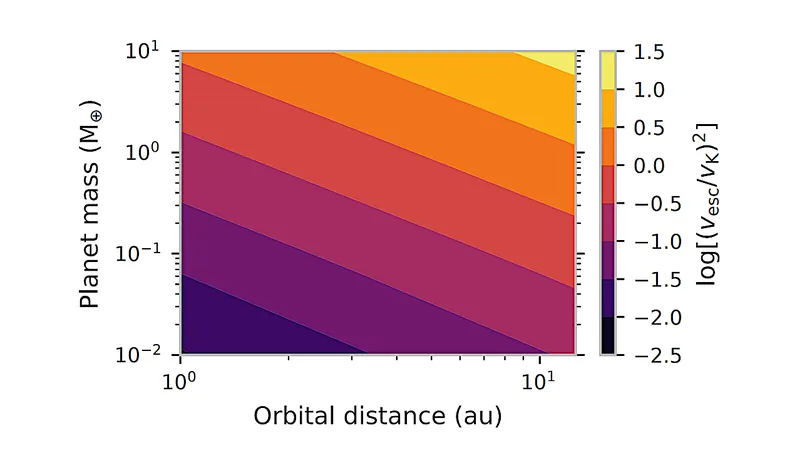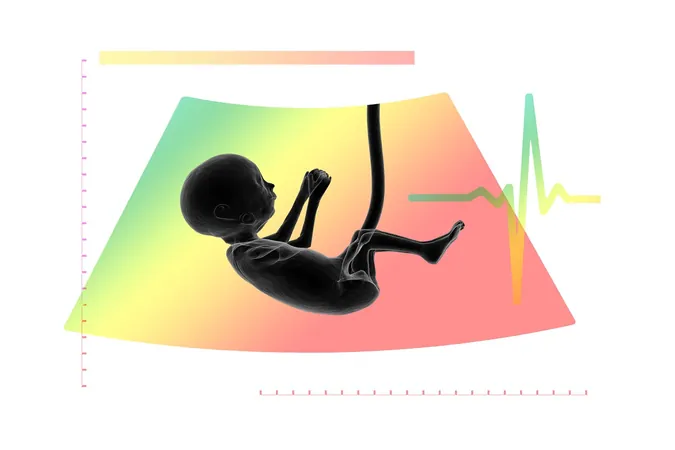
Exploring the Planet Mass Function Around M Stars: A New Frontier in Exoplanet Research
2024-10-01
Author: Rajesh
Introduction
Small planets, particularly those around the mass of Ganymede (approximately 0.01 times the mass of Jupiter), located at intermediate orbital distances of around 1 astronomical unit (AU) represent an exciting but largely unexplored realm in the study of exoplanets. The Nancy Grace Roman Space Telescope is set to change this narrative with its groundbreaking microlensing survey, which will be capable of detecting celestial objects as light as Ganymede and could potentially unveil a wealth of smaller planets situated between 1 and 10 AU from their host stars.
The Importance of the Planet Mass Function
Understanding the planet mass function—the distribution of planet masses within a given region of space—is crucial for interpreting the results of such surveys. Current sensitivity levels towards small planets remain low, making the success of upcoming projects highly dependent on the predictions provided by a robust planet mass function. This study combines insights from planet formation processes, particularly pebble accretion, with data derived from observed disk mass functions of M class dwarf stars, which range from 0.4 to 0.6 solar masses.
Disk Mass Function and Planetary Formation
Interestingly, the disk mass function for these M dwarfs tends to be 'bottom-heavy,' meaning it favors the formation of smaller planetary bodies. Consequently, the initial planet mass function is also expected to skew towards smaller masses like that of Ganymede and Mars, a trend that becomes increasingly pronounced with heavier planetary seeds.
Simulating Planetary Systems
In our exploration of planetary systems, we simulate their dynamical evolution over a timeframe of approximately 100 million years while varying the initial eccentricity and orbital spacing of the planets. Notably, we discover that planets resembling Ganymede and Mars do not grow significantly via mergers when their initial separations are maintained at three or more local disk scale heights.
The Formation of Super-Earths
However, Earth-like planets exhibit a markedly different scenario. They tend to merge vigorously, leading to the formation of super-Earths, which may create a noticeable gap in the planet mass function around the mass of 1 M⊕ (Earth mass). This finding hints at a broader implication: the slope of the mass function and the presence of gaps could provide vital clues about the initial layouts and interactions within multi-planet systems.
Bound vs Free-Floating Planets
One striking aspect of this study lies in its examination of the disparity between bound planets (those in stable orbits around their stars) and free-floating planets (those that have been ejected into space). Understanding this difference could open new avenues in the study of planetary formation and the evolutionary history of systems around M stars.
Conclusion and Future Directions
The implications of this research extend beyond theoretical astrophysics. As we refine our understanding of how small planets form and evolve, we edge closer to answering profound questions about planet habitability and the potential for life beyond Earth. With upcoming observational technologies, the era of discovering new worlds could be upon us! Keep an eye on the next big findings from the Roman Space Telescope—you won't want to miss it!


 Brasil (PT)
Brasil (PT)
 Canada (EN)
Canada (EN)
 Chile (ES)
Chile (ES)
 España (ES)
España (ES)
 France (FR)
France (FR)
 Hong Kong (EN)
Hong Kong (EN)
 Italia (IT)
Italia (IT)
 日本 (JA)
日本 (JA)
 Magyarország (HU)
Magyarország (HU)
 Norge (NO)
Norge (NO)
 Polska (PL)
Polska (PL)
 Schweiz (DE)
Schweiz (DE)
 Singapore (EN)
Singapore (EN)
 Sverige (SV)
Sverige (SV)
 Suomi (FI)
Suomi (FI)
 Türkiye (TR)
Türkiye (TR)